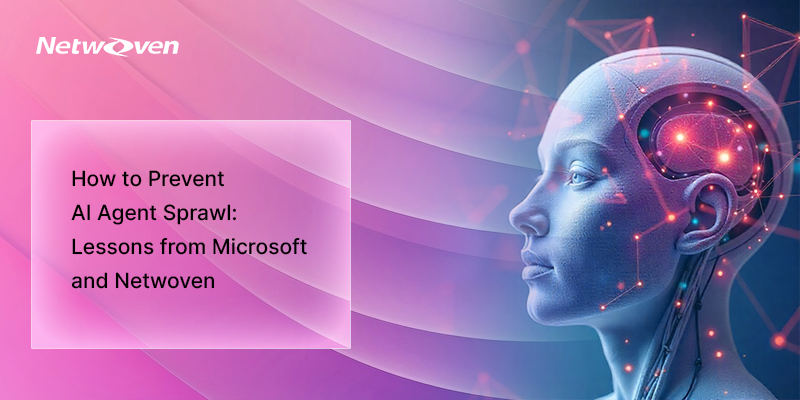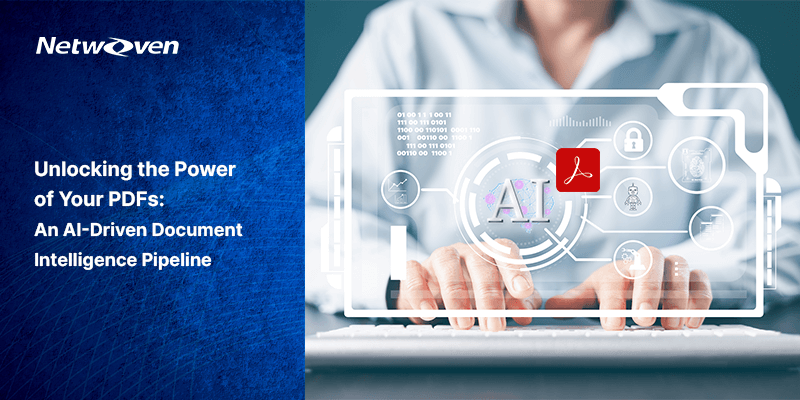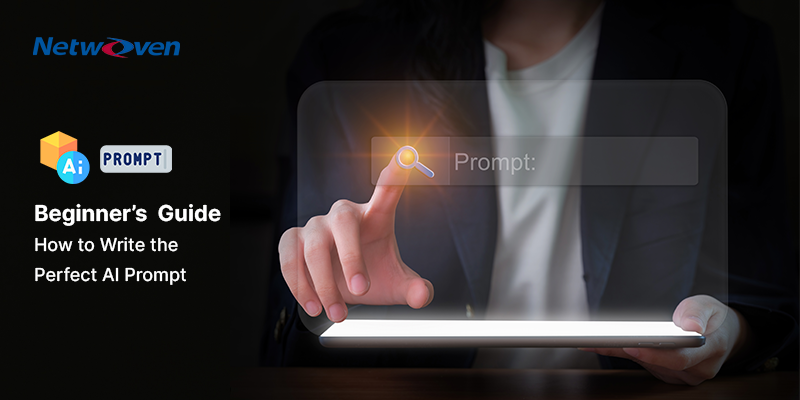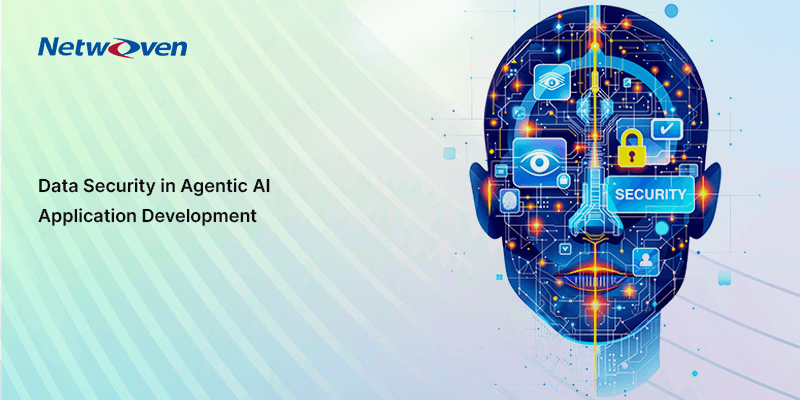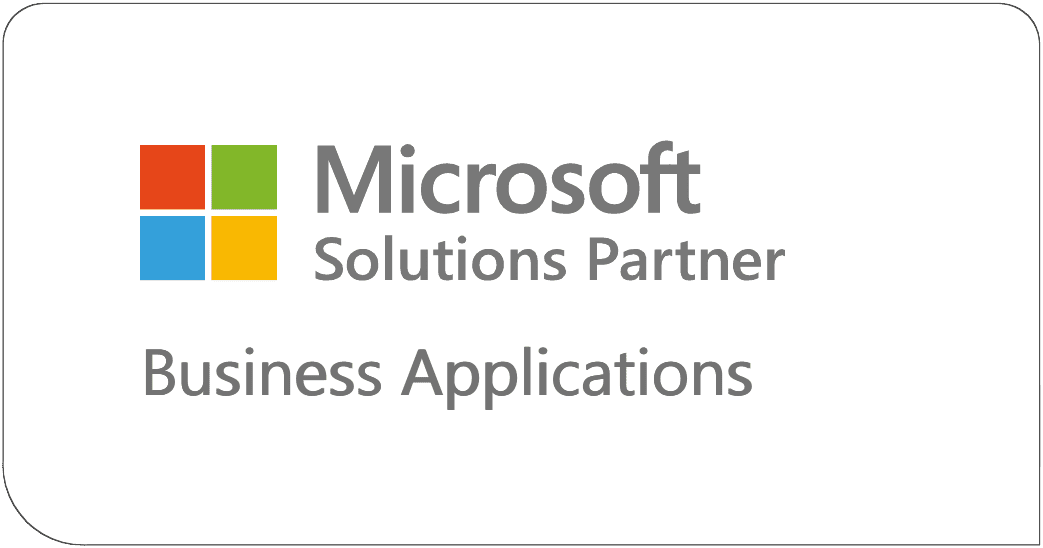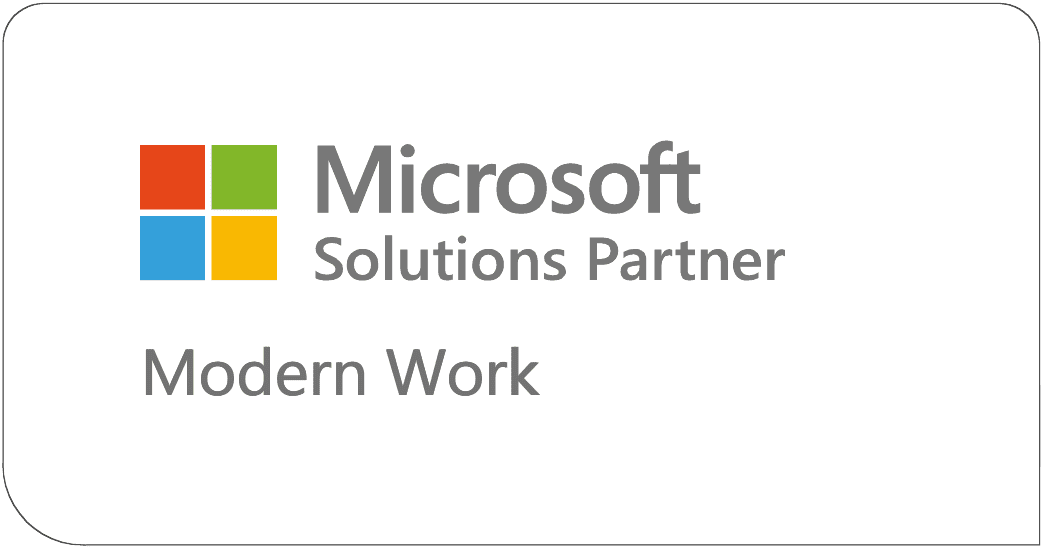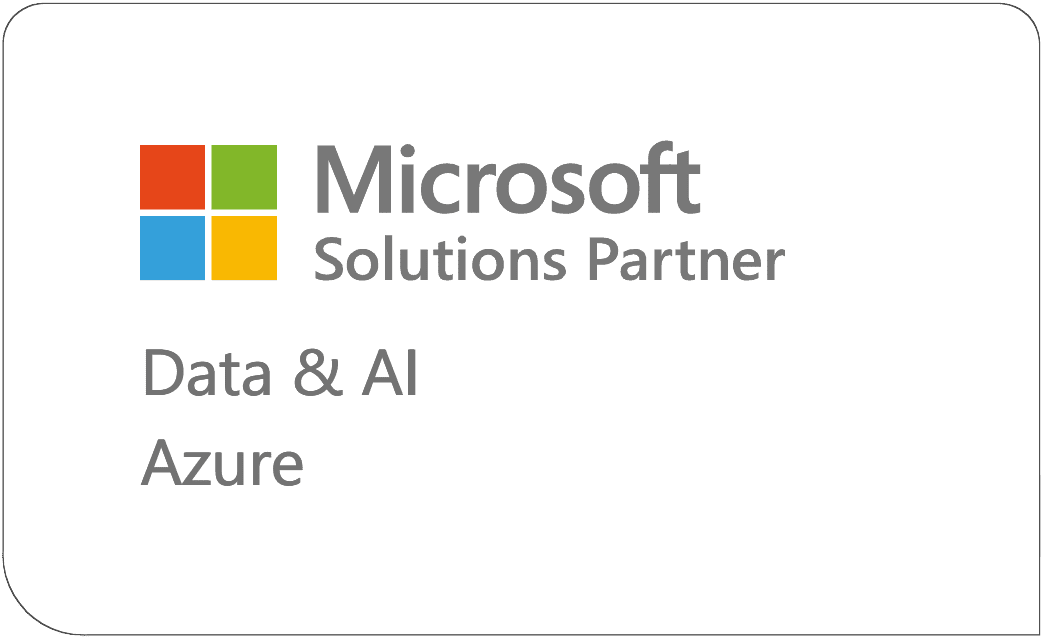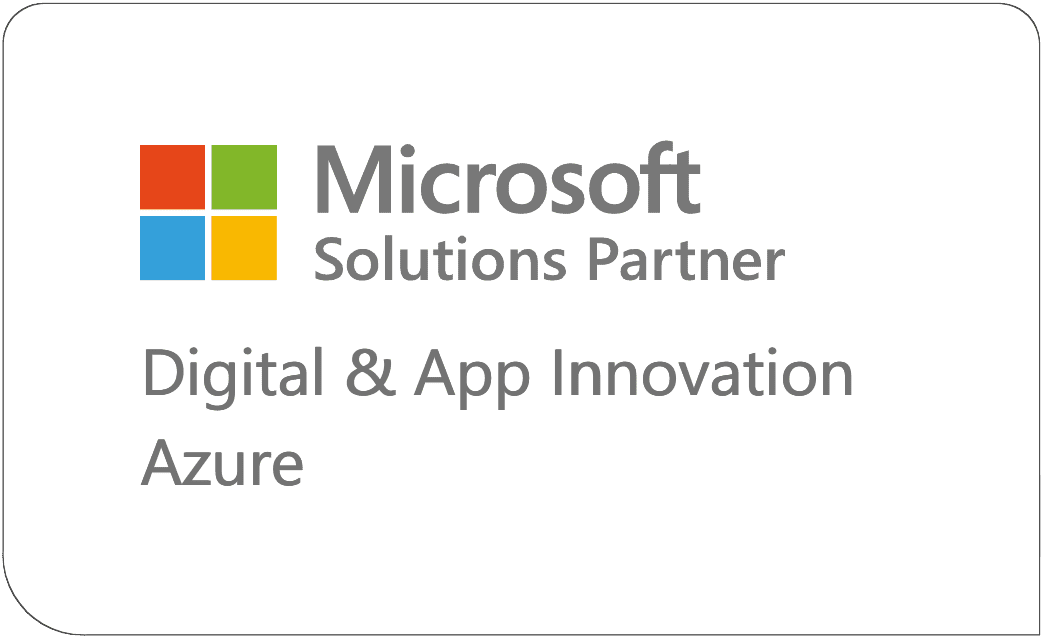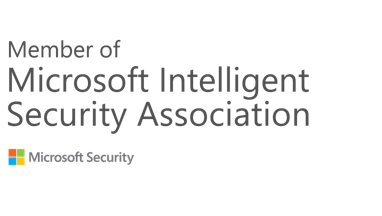Introduction
AI agents are rapidly transforming the way organizations operate, collaborate, and innovate. But as enterprises embrace these powerful tools, a new and often overlooked challenge has surfaced: AI agent sprawl. In partnership with Microsoft, Netwoven recently explored this critical topic, offering actionable insights for business and IT leaders seeking to maximize the benefits of AI while minimizing the risks.
The Evolution of AI Agents and the Rise of Sprawl
AI agents are not a new phenomenon. Over the past decade, they’ve evolved from simple rule-based systems and digital assistants to sophisticated, autonomous entities capable of perceiving, deciding, and acting with minimal supervision. According to recent industry data, 96% of enterprises plan to expand their use of AI agents in the next year, and by 2027, Gartner predicts that 50% of business decisions will be made autonomously by AI.
This relentless growth, however, has a dark side. As organizations deploy more agents—sometimes in silos, sometimes without oversight—complexity increases, duplication abounds, and security threats multiply. This phenomenon, known as “AI agent sprawl,” is becoming the silent killer of ROI, compounding costs and risks faster than innovation can pay them back.
What Is AI Agent Sprawl?
AI agent sprawl refers to the unmanaged, fragmented, and duplicated deployment of AI tools and agents across an organization without centralized oversight. The symptoms are easy to spot: multiple tools performing similar functions, shadow AI initiatives (unsanctioned or unmonitored deployments), and a general lack of visibility into who is using what. The consequences? Uncoordinated growth, duplication of effort, wasted resources (up to 30% higher per-seat costs), and increased compliance risk.
The Hidden Dangers of AI Agent Sprawl
- Data Security Threats: More agents mean more potential entry points for data breaches and unauthorized access, putting sensitive information at risk.
- Loss of Human Oversight: As agent ecosystems grow in complexity, it becomes harder for humans to supervise critical decisions, increasing the risk of undesirable outcomes.
- Unpredictable System Failures: Unmanaged agents can interact in unforeseen ways, causing critical breakdowns and undermining system reliability.
Left unchecked, AI agent sprawl can spiral into catastrophic scenarios where security, compliance, and even basic operational continuity are jeopardized.
Why Agent Identity Is Key to Governance and Data Security
Establishing and managing the unique identity of every AI agent is fundamental to governing AI and securing company data. Just as human users are assigned digital identities to access systems and resources, every AI agent must have a distinct, traceable identity. This ensures accountability, enables precise control over what each agent can access, and provides transparency into agent activities.
Without strong identity management, agents may operate outside approved parameters, access sensitive information, or inadvertently breach compliance requirements. By tying actions and access to a verifiable agent identity, organizations can monitor, audit, and manage every interaction with company data—making it possible to quickly detect misuse, revoke access, and enforce security policies.
Agent identity also allows for lifecycle governance: from creation and deployment to deactivation and archival, every step can be tracked and managed. Unique identities open the door to granular permissions, adaptive risk management, and robust compliance monitoring.
Microsoft Tools for Combating Agent Sprawl
Fortunately, technology leaders like Microsoft have developed robust tools to help organizations regain control.
Here are two key solutions:
Microsoft Purview
This platform brings advanced data security and compliance controls to the AI landscape. With real-time insights into data access patterns, sensitivity labels, and risk exposure, Purview’s Apps and Agents dashboard offers much-needed visibility into how AI agents are being used. It also helps identify shadow AI and ensures regulatory compliance.
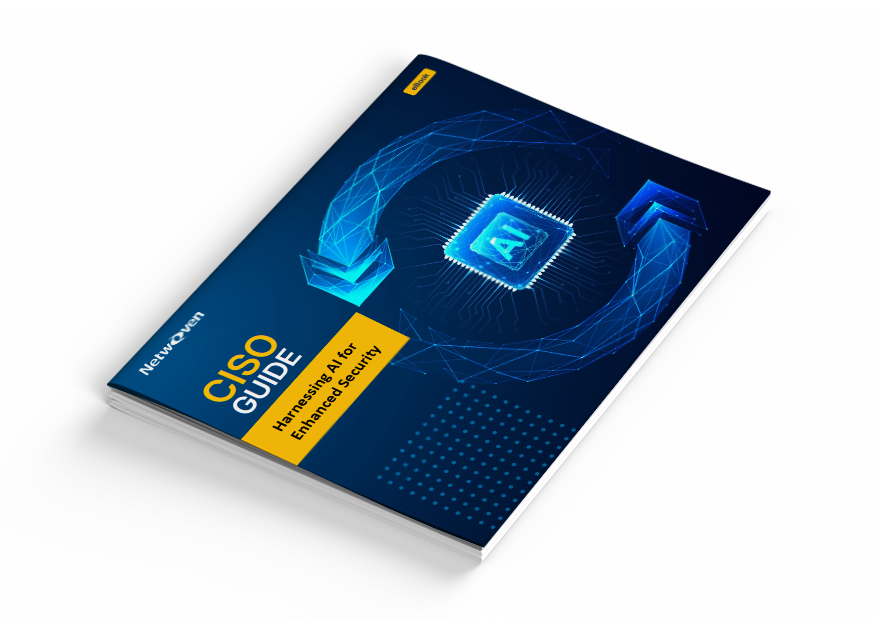
Ebook: CISO Guide – AI and Security
The guide, Securing Your Organization in the World of AI, is a first in the series of guides and a must-read for cybersecurity leaders looking to harness AI while ensuring robust security. Download the guide to enhance your cybersecurity strategy to manage AI driven threats and build a more resilient digital infrastructure.
Get the eBookMicrosoft Entra
Entra extends identity management and access control to AI agents, ensuring each agent has a unique, governed identity and operates with just-in-time, least-privilege access. Administrators can monitor both interactive and non-interactive agent sign-ins, track permissions, and enforce custom security attributes for granular access control.
Microsoft’s Deputy CISO wrote a great piece on how Microsoft views securing and governing the rise of autonomous agents.
Best Practices: Securing and Governing AI Agents
Securing your agent ecosystem starts with visibility, but it doesn’t end there.
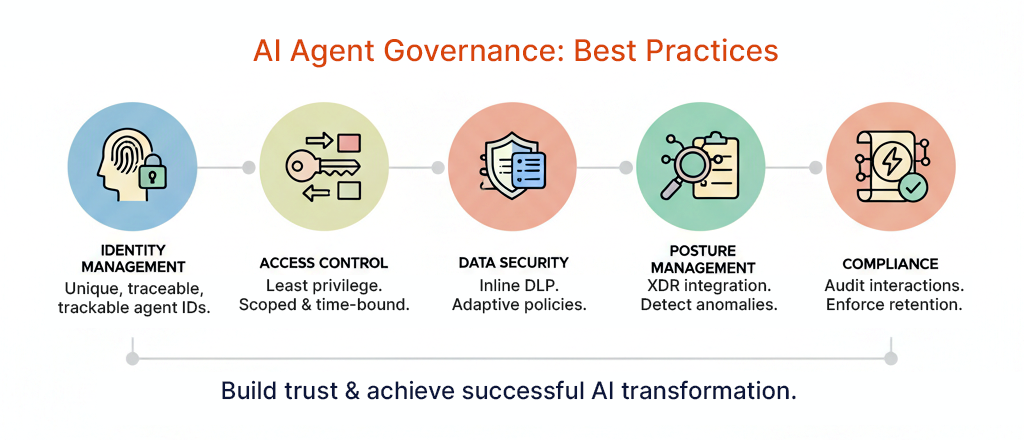
Here’s what Netwoven and Microsoft recommend for robust agent governance:
- Identity Management: Assign unique and traceable identities to all agents, ensuring accountability and lifecycle governance from creation to deactivation. Identity and Access Management is the foundation for controlling access to sensitive company data and for auditing every agent’s actions.
- Access Control: Enforce the principle of least privilege. Agent access should be scoped, time-bound, and quickly revocable.
- Data Security: Protect sensitive data at every step using inline data loss prevention (DLP) and adaptive policies, especially in low-code environments where agents are rapidly created.
- Posture Management: Continuously assess your security posture, hunting for misconfigurations, excessive permissions, or vulnerable components.
- Threat Protection: Integrate agent monitoring into your extended detection and response (XDR) platforms to detect prompt injection, misuse, and anomalous behaviors early.
- Compliance: Audit agent interactions, enforce retention policies, and demonstrate compliance across the agent lifecycle.
Missed the Microsoft + Netwoven AI Governance Summit? Watch the full recording now and discover expert strategies for securing and governing AI agents.
These are not just theoretical ideals – they’re essential for building trust and achieving successful AI transformation on a scale.

